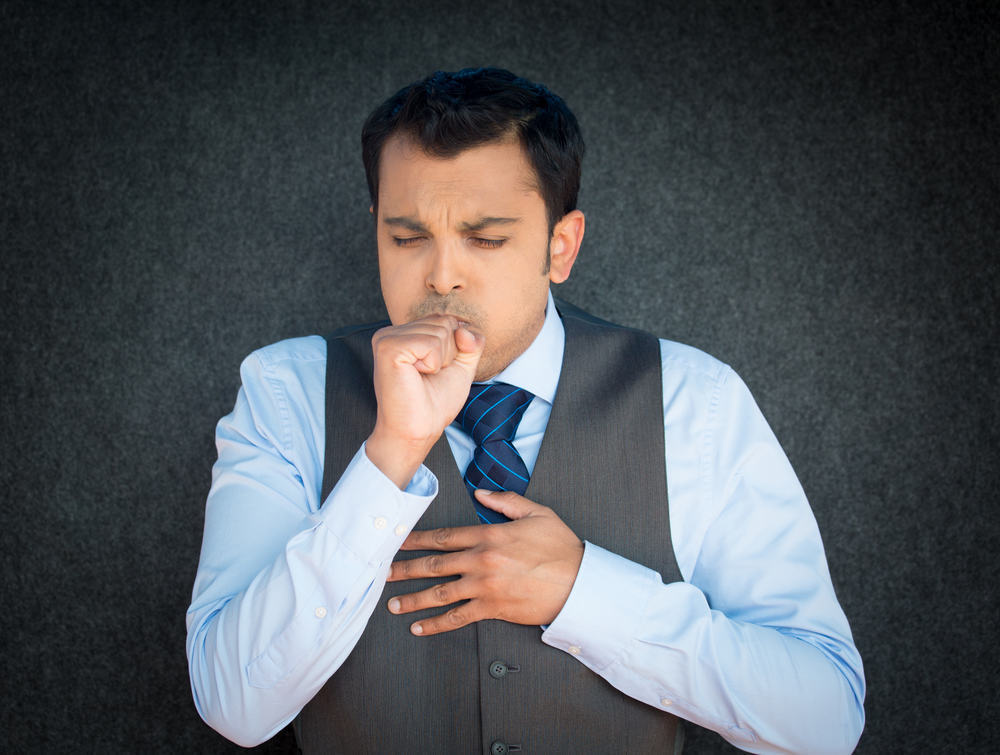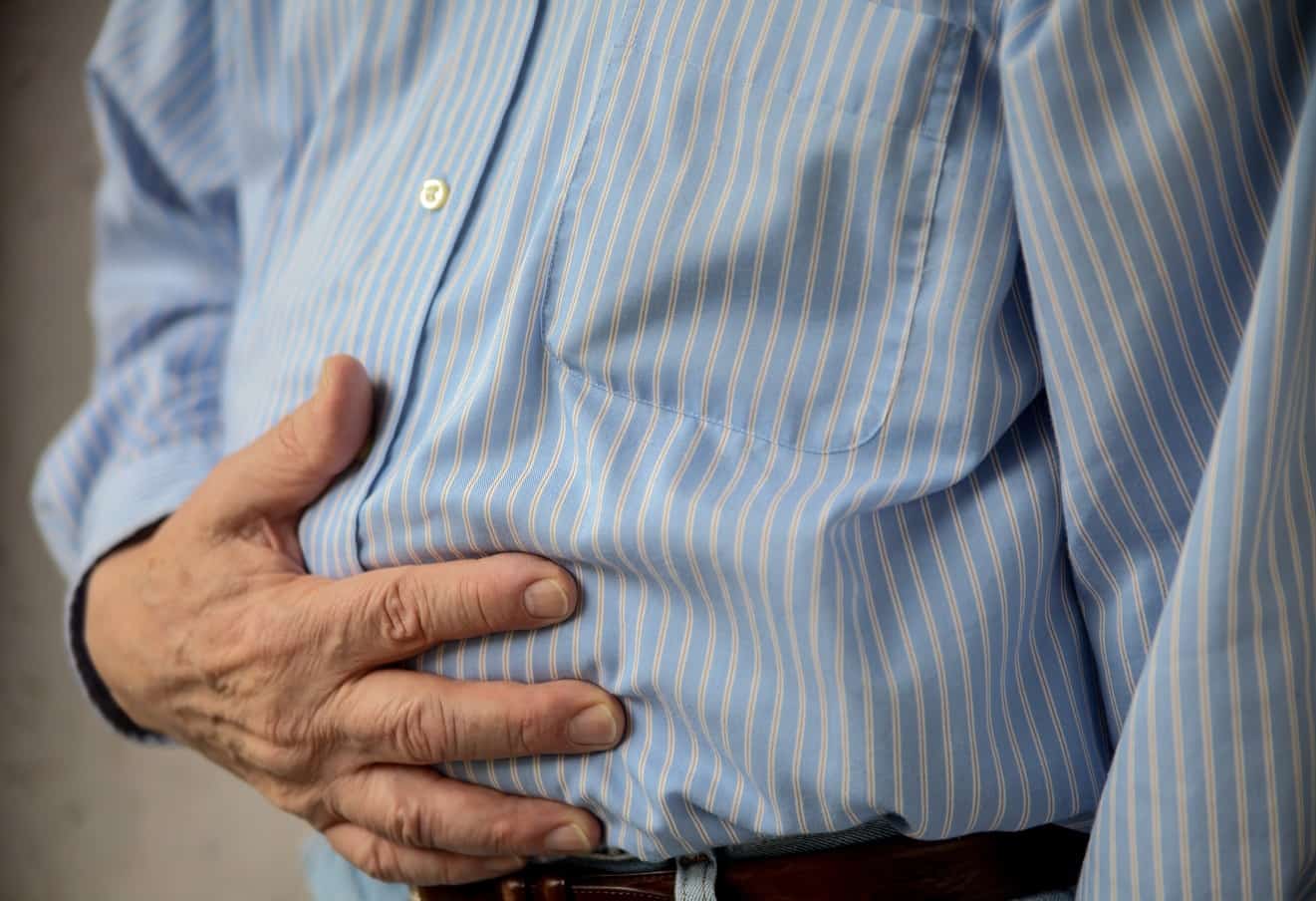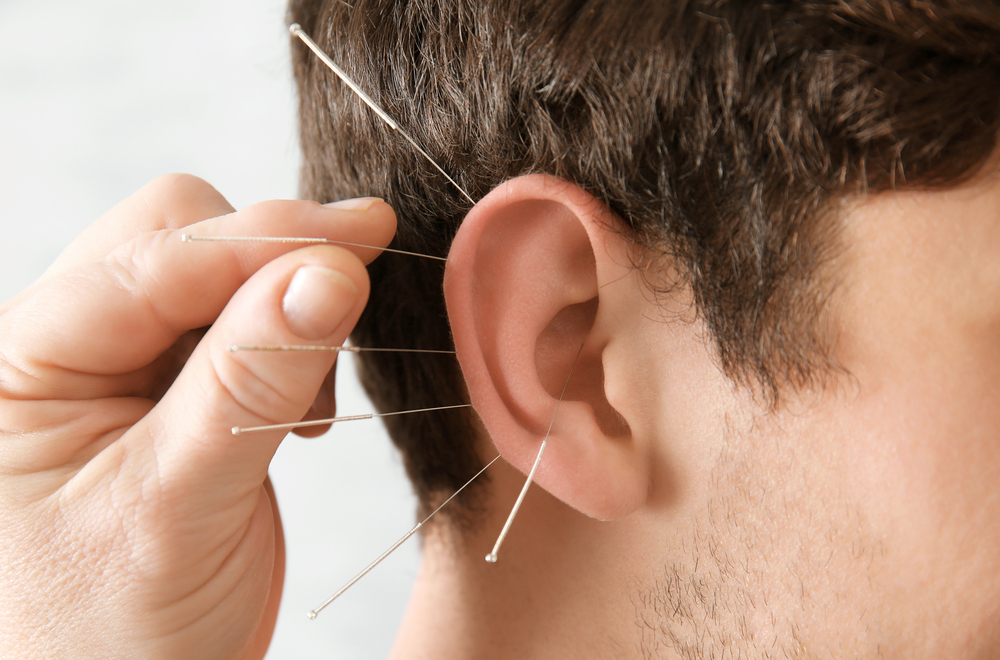Contents:
- Medical Video: Detecting HIV in TB patients
- How is TB transmitted?
- How long can TB germs survive outside the patient's body?
- Who is most at risk of contracting TB?
- What are the symptoms of TB infection?
- What checks need to be done?
- When will I be declared cured of TB?
Medical Video: Detecting HIV in TB patients
Tuberculosis (TB or TB) which is also often called "pulmonary spots" is a chronic respiratory disorder caused by a bacterial infection Mycobacterium tuberculosis. TB is an important public health problem in the world. According to WHO, every second is thereone person infected with tuberculosis in the world. Sthird of the world's population has been infected with tuberculosis germs. About 33% of the total TB cases in the world are found in Asian countries.
Currently Indonesia is ranked second as the country with the most tuberculosis sufferers after India. The latest data from the Indonesian Health Profile from the Ministry of Health reports that there were 351,893 cases of tuberculosis in Indonesia per 2016, increasing from 2015 to 330,729 cases.
TB is the number one cause of death infection in Indonesia. Unfortunately, there are still many who don't realize or don't even know about the dangers of TB and how it is treated. The following is complete information about TB disease that you must know.
How is TB transmitted?
TB is contagious when people with TB produce phlegm or saliva from their mouths which contain germsM. tuberculosis into the air - for example when coughing, sneezing, talking, singing, or even laughing - andthen inhaled by someone else.
The germs that come out of the cough of people with TB can survive in the damp air that is not exposed to sunlight for hours. As a result, everyone who is close to and interacts with TB patients directly has the potential to breathe it so that it is eventually infected.
How long can TB germs survive outside the patient's body?
According to data from the Indonesian Ministry of Health in the National Guidelines for Tuberculosis Control, for one cough a person can usually produce around 3,000 splashes of saliva.
Germs that cause TB generally can survive in the free air for one to two hours, depending on whether there is exposure to sunlight, humidity and ventilation.
Germs exposed to ultraviolet light will immediately die within minutes. However, germs can continue to live for up to one week if they live in phlegm which is at temperatures between 30-37 degrees Celsius.
In dark, damp and cold conditions, TB germs can last for days - even months.
Who is most at risk of contracting TB?
The power of transmission of TB from an infected person is determined by the amount of germs released from the lungs, which can be detected by phlegm examination. The higher the degree of positivity of the phlegm examination results, the more infectious the patient is.
In fact, most people have been exposed to germsTB during his lifetime, but only 10% of people infected with TB will suffer from this disease.One of the determinants of a person can get TB or not is the body's immune system. The stronger your endurance, the less likely it is to contract TB.
People who have a weak immune system usually tend to be more easily infected. Elderly, people with HIV or AIDS, people with cancer, diabetes, kidney disease, and other autoimmune diseases have a higher risk of being infected with TB because their immune system is unable to fight bacterial growth.
TB is more common in men (60%) than women (40%). The highest proportion of tuberculosis cases in 2016 was found in the productive age group (25-34 years), which was 18.07%, followed by the 45-54 age group of 17.25 percent. The TB cases are also most commonly found in the population who do not work and who do not go to school.
What are the symptoms of TB infection?
Complaints felt by TB patients vary, although there are also TB sufferers who do not complain of anything. Complaints that usually arise are:
- Fever which is not too high, missing out, so the patient feels never free from feeling feverish. Suspect TB infection if the fever is more than 3 weeks and the cause is unclear.
- Coughing / coughing up bloodcough with phlegm which in certain cases can be accompanied by blood.
- Hard to breathe.
- Chest pain.
- Ndecreased appetite, weight loss, night sweats even if not hot, muscle aches.
What checks need to be done?
If you experience the above symptoms, the doctor will carry out a basic physical examination followed by several investigations, namely:
- Blood test, does not provide results that are less sensitive and specific for TB infection. It is usually found to increase white blood cells (leukocytes) and sedimentation rates of blood.
- Sputum examination, It is important to determine the presence of TB germs, usually done in 3 times, at the Moment-Time (SPS).
- Tuberculin test, widely used to enforce TB in children, but this test can give false negative and false positive results. This examination is less meaningful for the diagnosis of adult patients.
- Radiological examination, is a practical way to diagnose TB and is routinely performed.
There are still many other checks that can be done. In Indonesia alone, the diagnosis of tuberculosis is usually inaugurated by seeing symptoms, the results of radiological examination, and sputum of SPS.
When will I be declared cured of TB?
TB treatment uses a combination of antibiotics consisting of 2 phases and usually lasts 6-9 months. Evaluation of TB treatment consists of clinical evaluation, bacteriological, radiological, and drug side effects, as well as evaluating the regularity of treatment.
Patients were declared cured of TB at the end of the treatment period by the treating doctor. After being declared cured the patient remains evaluated for recurrence for at least 2 years.












